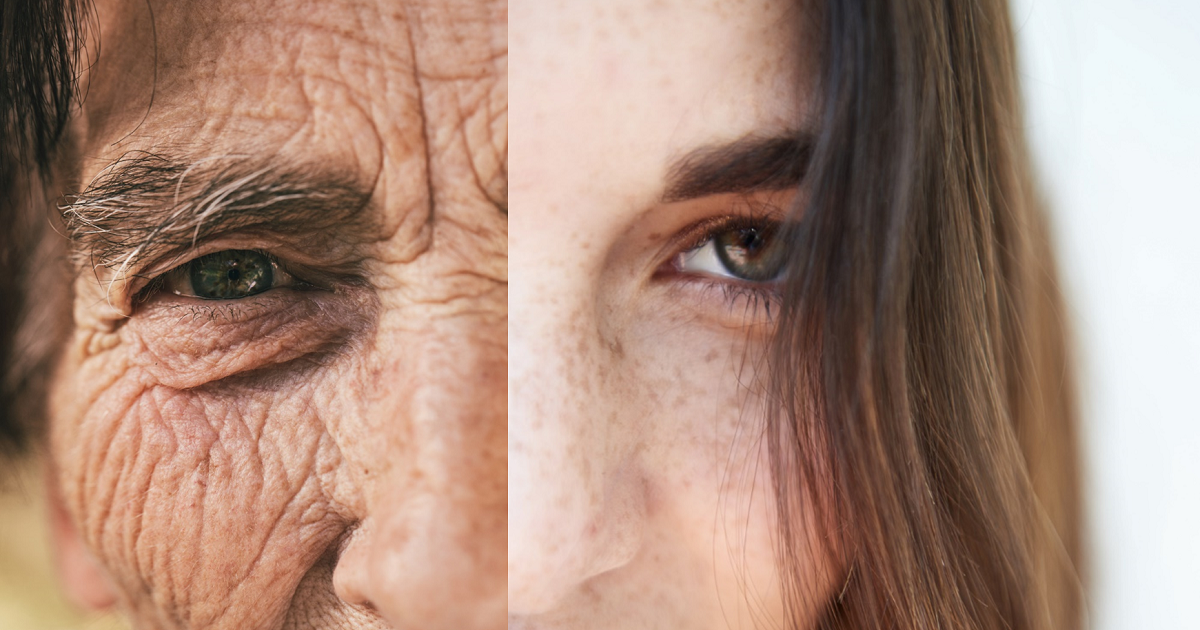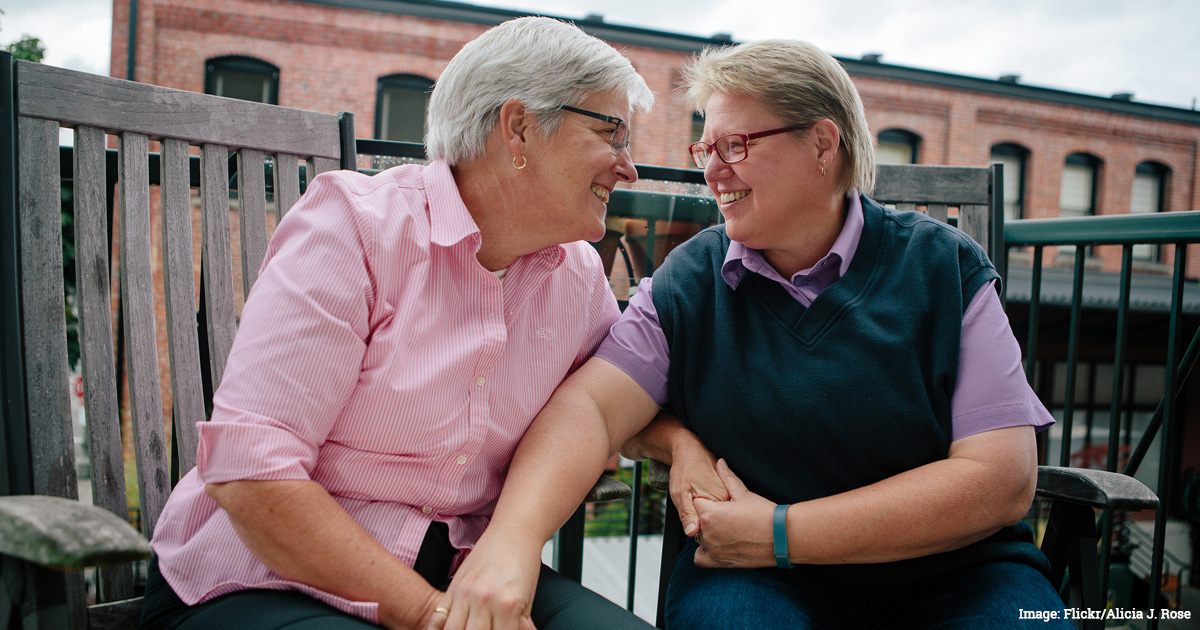George W. Bush's Paintings Are No Laughing Matter

By:
Our forty-third president's painting habit is no big secret. President George W. Bush's brushwork has inspired years of quippy slideshows, offered insight into his exchanges with world leaders, and even drawn criticism from the art world. But it’s also become an enriching creative outlet — illustrating the health benefits crafts and other activities provide for many aging Americans.
On Wednesday, the politician-turned-portraitist unveiled plans to release a book of paintings of veterans on the Associated Press YouTube channel.
He recounted how he started to explore the hobby.
"I decided I was going to paint," Bush explains. "My attitude was that if [Winston] Churchill can paint, I can paint. So I hired an instructor. She was a little apprehensive. She said, `What's you're objective,' I said, `There is a Rembrandt trapped in this body. And your job is to find it.'"
Though the video clip is ripe with funny tidbits like these, Bush also describes how his creative habit eased his journey into old age.
"There's a purpose for me telling you this," he says. "Here's one purpose. So when you're over 70, that's me, you sit around with your pals and there's really only two topics at conversation: `What medicines are you taking?' And, `How's your grandkids.'"
"By the way, mine are awesome," the former president adds. "But my friends see this passion for learning and this passion for painting and say, 'Aw, I wish I could paint.' Or, `I wish I could have a hobby like that.' So I say, `You ought to paint.' They say, ``Ah, I can't paint.' I say `It's funny, that's what I said four years ago.' I think lesson one is, that life is to be a continued learning experience and you ought to try things. You ought not be inhibited."
The retired statesman brings up an important issue. Many elderly Americans wrestle with boredom and loneliness as their day-to-day lives involve less physical activity and social interactions.
Research has linked loneliness and inactivity to depression and even cognitive impairment among elderly populations.
 Stocksy/Guille Faingold - stocksy.com
Stocksy/Guille Faingold - stocksy.com
In 2006, the National Endowment for the Arts and George Washington University published a study on aging and creativity (PDF).
The researchers observed that arts programs benefited people over the age of 65 physically, mentally, and socially.
From the report:
"Results reveal strikingly positive differences in the intervention group (those involved in intensive participatory art programs) as compared to a control group not involved in intensive cultural programs. Compared to the Control Group, those involved in the weekly participatory art programs, at the one and two year follow-up assessments, reported: (A) better health, fewer doctor visits, and less medication usage; (B) more positive responses on the mental health measures; (C) more involvement in overall activities."
Though somewhat limited research has been conducted on the neuroscience of arts and crafts, experts believe these activities can reduce stress and combat anxiety, depression, and chronic pain, CNN explained.
 Flickr/Alicia J. Rose - flickr.com
Flickr/Alicia J. Rose - flickr.com
"There's promising evidence coming out to support what a lot of crafters have known anecdotally for quite some time," clinical neuropsychologist Catherine Carey Levisay, who is married to Craftsy.com CEO John Levisay, told CNN. "And that's that creating — whether it be through art, music, cooking, quilting, sewing, drawing, photography (or) cake decorating — is beneficial to us in a number of important ways."
Scientists believe these benefits are linked to neuroplasticity — how the human brain continues to adapt to new environments and activities throughout a person's life.
A clinical trial published in 2014 found that cognitive training — sessions of learning exercises — improved older people's abilities to think, remember, and learn for as many as ten years after the training sessions.
"Arts programs are essential in a community to help older adults get involved and remain an important part of their communities," the philanthropic organization Grantmakers In Aging asserted. "Community-based arts programming helps older people—as the keepers of culture—remain dynamic members of society and provides younger generations with positive role models and connections to the past. These relationships encourage a strong sense of meaning and purpose in vital communities."
A 2011 study published in The Journal of Neuropsychiatry reported that activities including arts and crafts, reading, and playing games reduced people's chances of developing mild cognitive impairment by 30 to 50 percent.
Groups like EngAGE, the Artist Outreach Project, and Greenburgh New York's Arts and Culture Committee are devoted to developing programs that provide opportunities for older artists and celebrate their work with grants and exhibitions.
“Maintaining health and independence are critical elements for older people to live in their own homes and communities,” chief of the Individual Behavioral Processes Branch in the National Institute on Aging’s Division of Behavioral and Social Research, Dr. Lis Nielsen, pointed out in a news release. “We know that health and well-being are not just addressed in the clinic or doctor’s office, but through interventions in people’s everyday lives. Participating in the arts is one way to intervene, and NIA sees many opportunities for research that can deepen our understanding of the relationship of arts to health in aging.”
Though the internet's endearment with Bush's artistic hobby can be a way of excusing or ignoring the uglier parts of his political legacy, as Politico observed in a 2012 piece, this legacy doesn't necessarily have to invalidate the message of Wednesday's address.
No matter how you feel about Bush, his words on aging and the perks of taking up a paintbrush late in life make important points.
You can watch the full video on YouTube and below.
